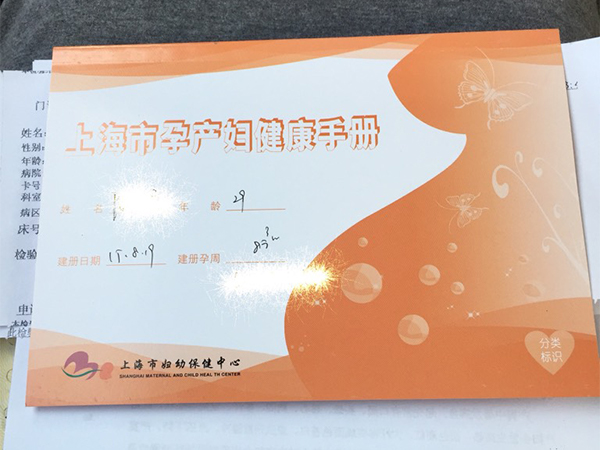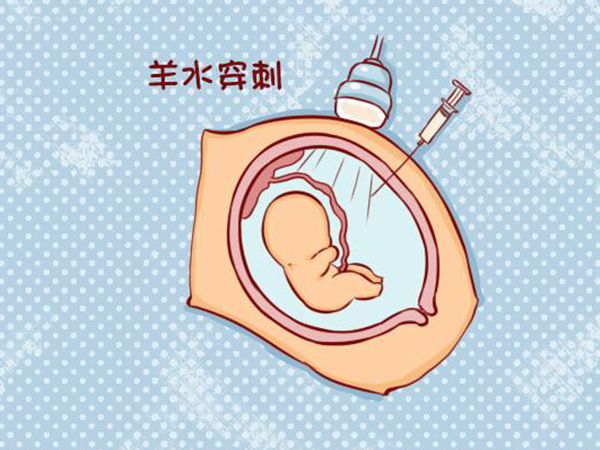In this article, we delve into the realm of third-generation IVF in Chongqing, particularly focusing on the public hospitals offering these services. We explore the landscape of third-generation IVF facilities in Chongqing, uncovering the mysteries behind them. From discussing the number of public hospitals providing third-generation IVF to unveiling the intricacies of these medical institutions, we embark on a journey to understand the significance and nuances of third-generation IVF in Chongqing.

---
The Landscape of Public Hospitals Offering Third-Generation IVF in Chongqing
Chongqing, a bustling metropolis in China, boasts several public hospitals providing third-generation IVF services. These hospitals play a crucial role in addressing fertility issues and offering advanced reproductive technologies to couples facing challenges in conceiving.
The first public hospital to pioneer third-generation IVF in Chongqing was the Chongqing Maternal and Child Health Hospital. With its state-of-the-art facilities and experienced medical staff, it has become a beacon of hope for couples seeking fertility treatments.
Another prominent player in the landscape is the Chongqing Three Gorges Central Hospital. Renowned for its expertise in reproductive medicine, this hospital has been instrumental in advancing third-generation IVF techniques and research in the region.
Additionally, the Chongqing University Three Gorges Hospital has emerged as a key player in providing third-generation IVF services. Collaborating with leading experts in the field, this hospital offers comprehensive fertility treatments to cater to diverse patient needs.
---
The Significance of Public Hospitals in Third-Generation IVF
Public hospitals play a significant role in making third-generation IVF accessible to a broader population segment. Unlike private clinics, public hospitals often offer subsidized or more affordable treatment options, making them a preferred choice for many couples.
Moreover, public hospitals adhere to stringent quality standards and regulations, ensuring the safety and efficacy of third-generation IVF procedures. This instills confidence in patients and fosters trust in the healthcare system.
Public hospitals also serve as centers for research and innovation in third-generation IVF. Through collaborations with academic institutions and industry partners, these hospitals contribute to the advancement of reproductive medicine and the development of novel techniques.
---
Unveiling the Mysteries Behind Third-Generation IVF in Chongqing
Despite the advancements in third-generation IVF, there remain several mysteries surrounding the process and its outcomes. One such mystery revolves around the factors influencing the success rates of third-generation IVF procedures.
Researchers are still exploring the role of genetic factors, environmental influences, and patient-specific variables in determining the success of third-generation IVF. Unraveling these mysteries could lead to breakthroughs in improving success rates and refining the technique further.
Another mystery lies in the long-term implications of third-generation IVF on offspring health and development. While studies suggest that children conceived through third-generation IVF have similar health outcomes to naturally conceived children, ongoing research is needed to fully understand any potential risks or benefits.
---
Challenges and Opportunities in Third-Generation IVF
Despite its promises, third-generation IVF comes with its set of challenges. One such challenge is the high cost associated with the procedure, which can be prohibitive for many couples, especially in public hospitals where resources may be limited.
Moreover, the ethical considerations surrounding third-generation IVF, such as embryo selection and genetic manipulation, raise complex moral dile妹妹as that require careful deliberation and regulation.
However, amidst these challenges lie opportunities for further innovation and advancement in third-generation IVF. By addressing cost barriers, enhancing accessibility, and addressing ethical concerns, public hospitals can pave the way for a more equitable and sustainable approach to reproductive medicine.
---
Conclusion: Navigating the Landscape of Third-Generation IVF in Chongqing
In conclusion, the landscape of third-generation IVF in Chongqing is multifaceted, with public hospitals playing a pivotal role in providing accessible and high-quality fertility treatments. As we unravel the mysteries behind third-generation IVF and navigate the challenges and opportunities it presents, it is essential to prioritize patient care, ethical considerations, and scientific advancement. Through collaborative efforts between healthcare providers, researchers, and policymakers, we can continue to push the boundaries of reproductive medicine and offer hope to couples striving to build their families.
其他类似经验
- 396 浏览
- 394 浏览
- 392 浏览
- 374 浏览
- 373 浏览
- 2025-06-29
- 2025-06-29
- 2025-06-29
- 2025-06-29
- 2025-06-29
任何关于疾病的建议都不能替代执业医师的面对面诊断,请谨慎参阅。本站不承担由此引起的法律责任。
免责声明:本站上所有内容均出于传递更多信息之目的,并不意味着赞同其观点或证实其描述。















































